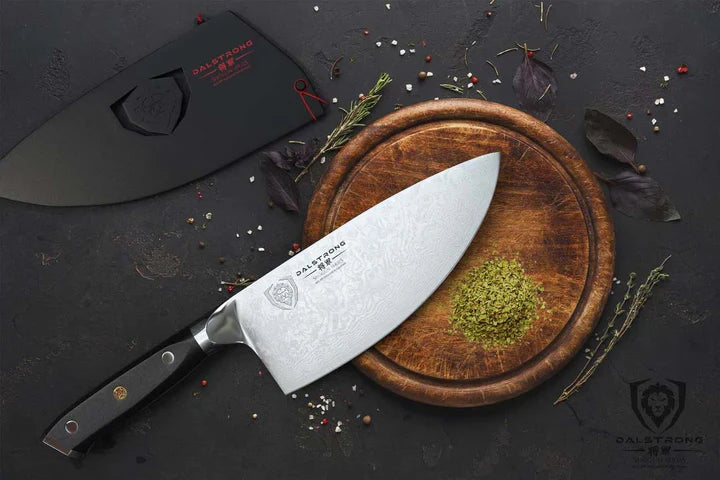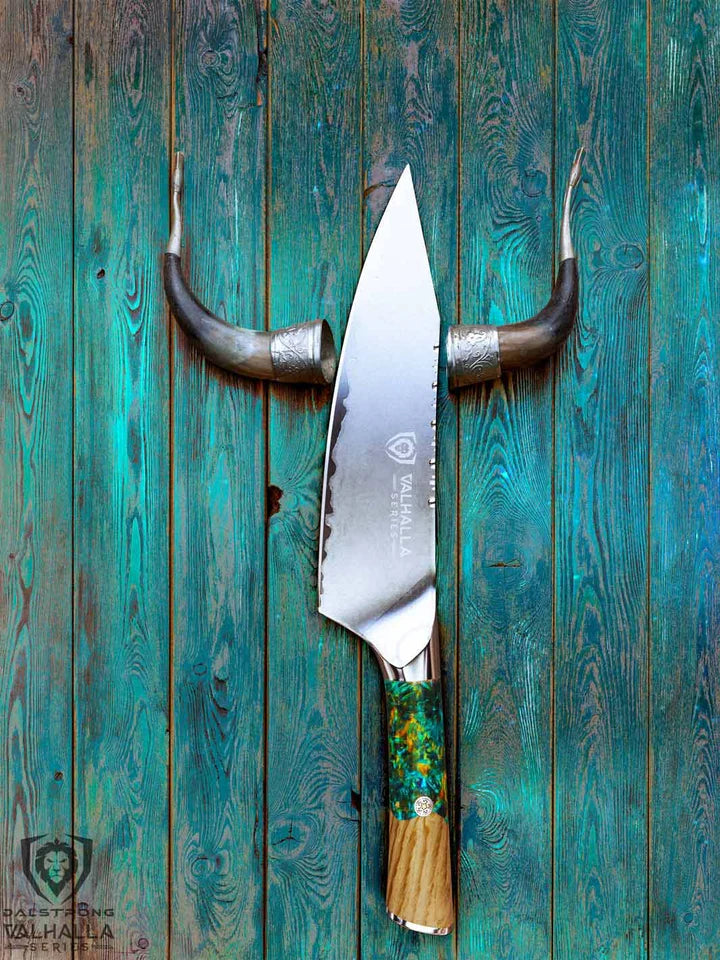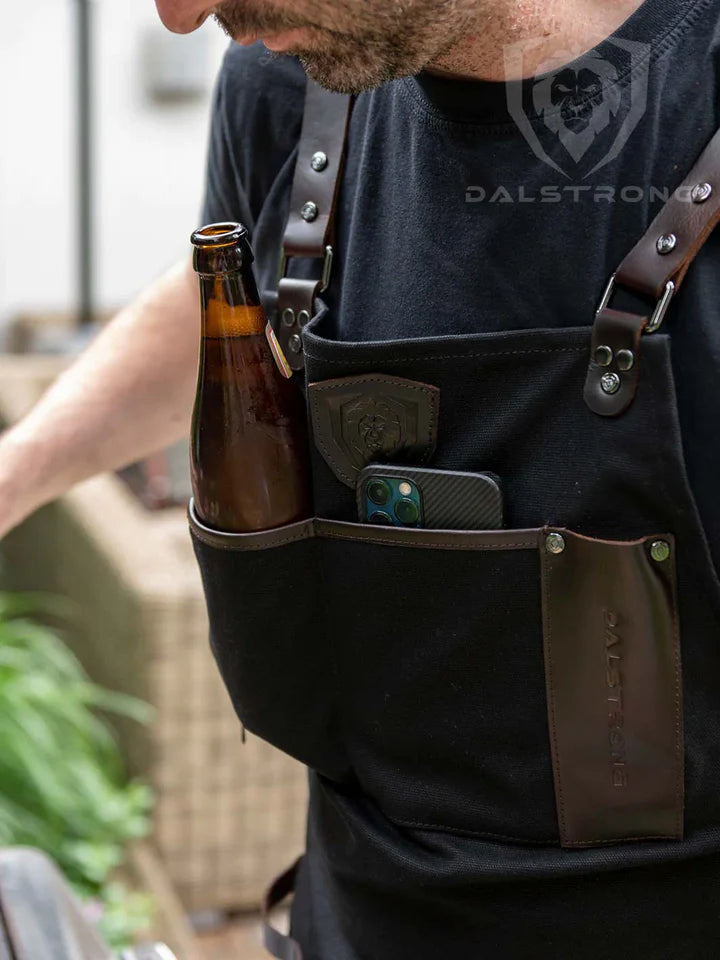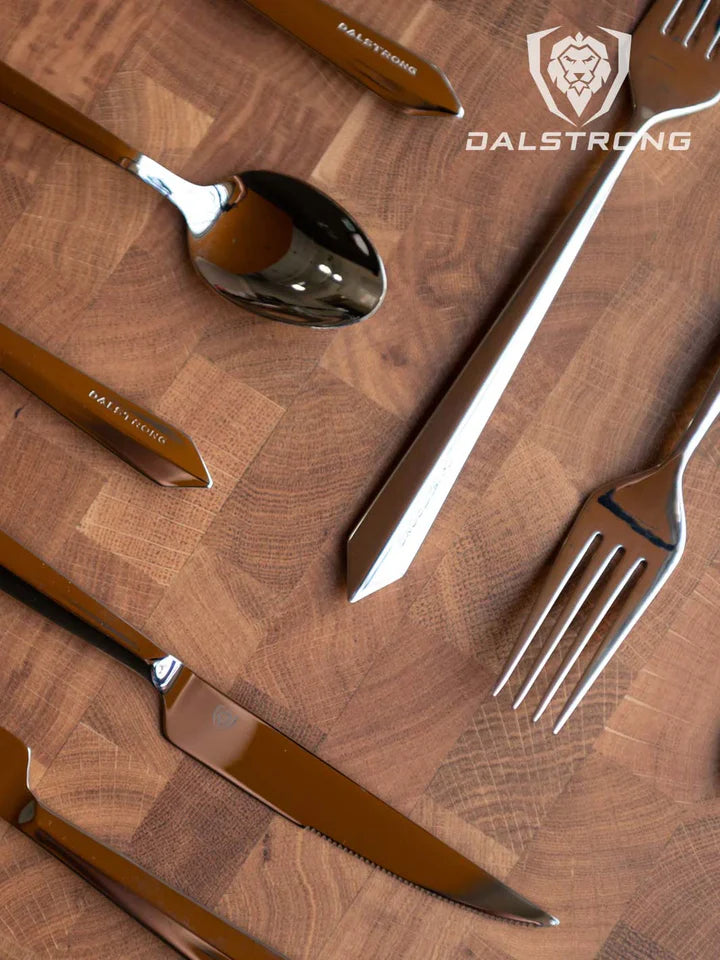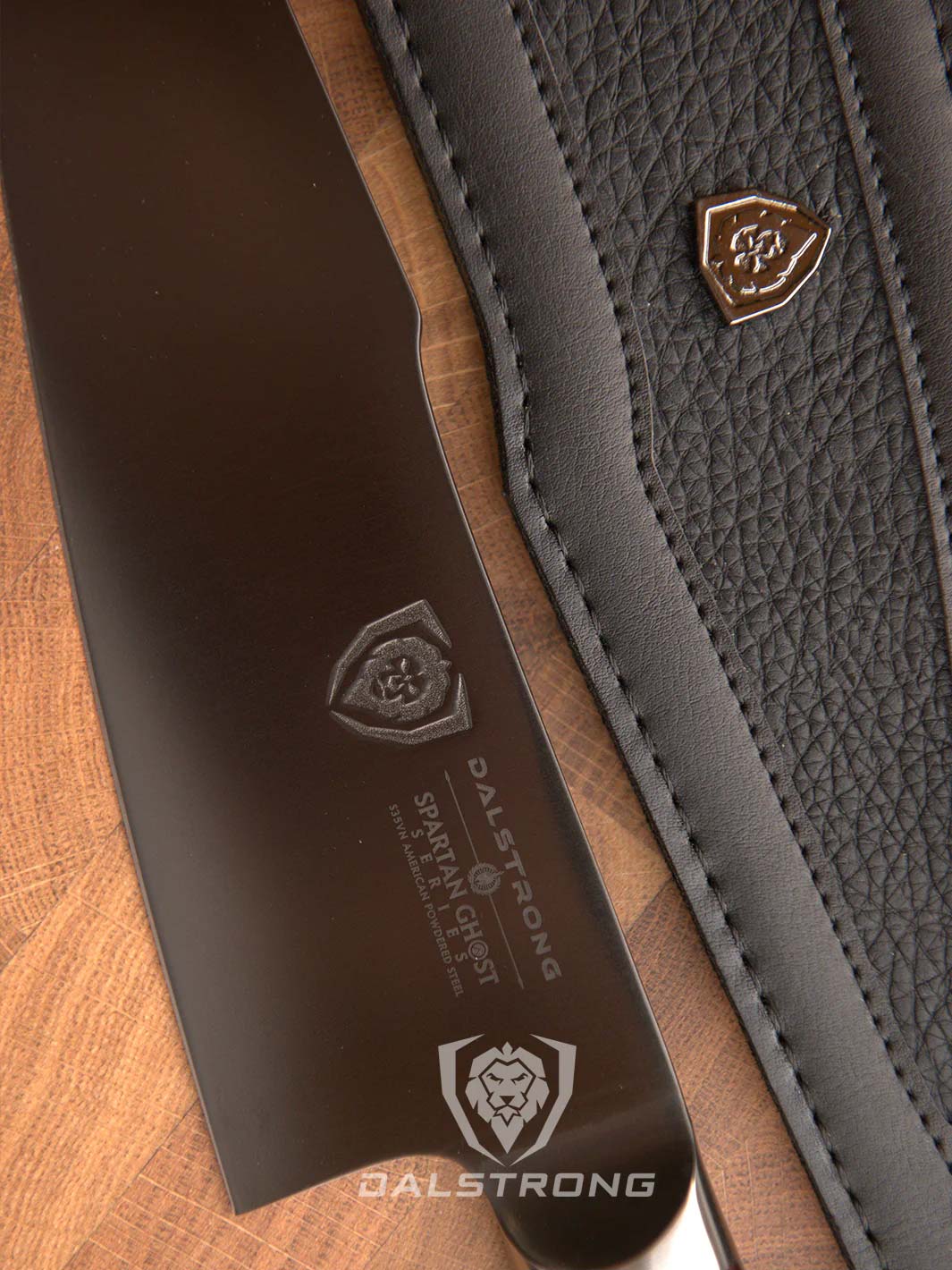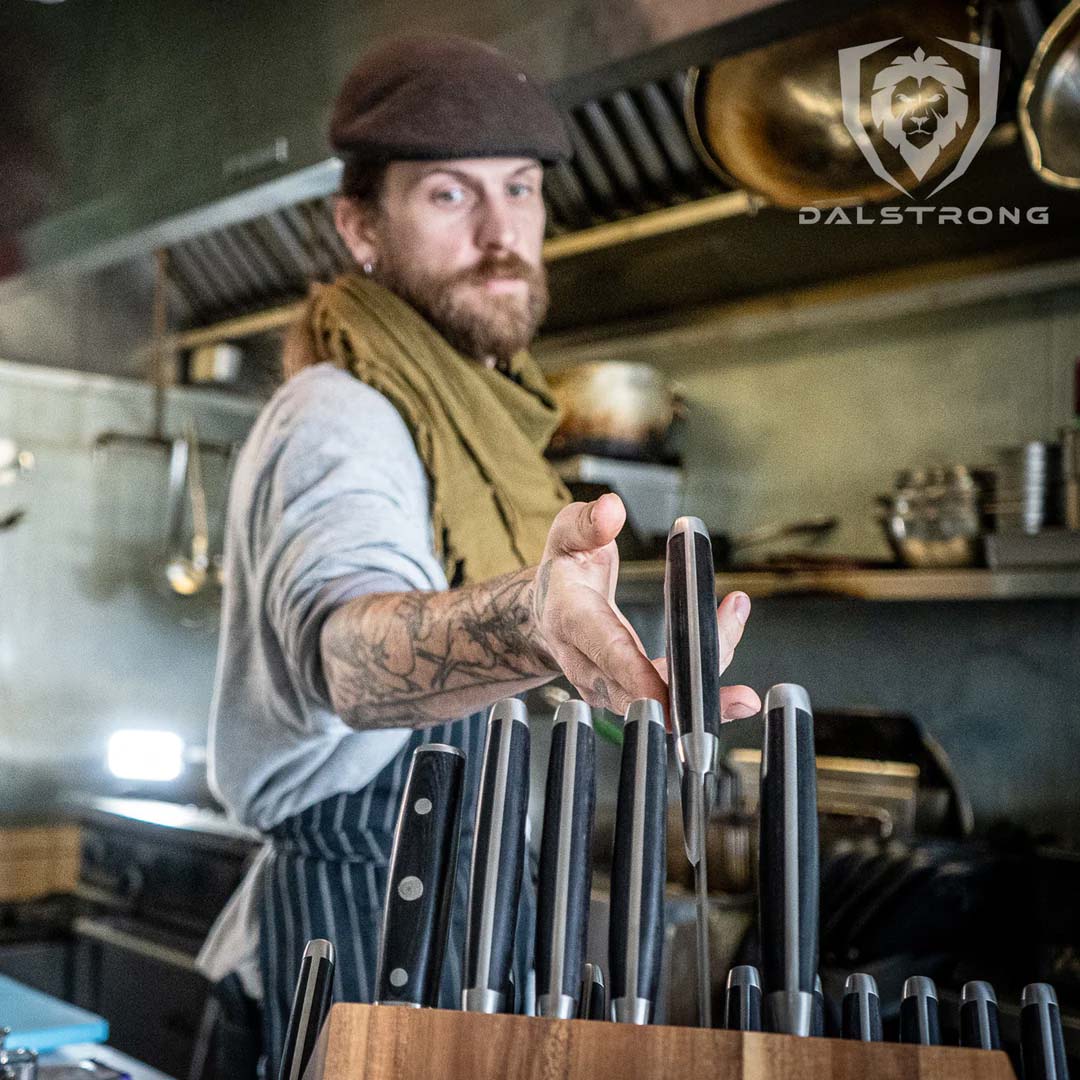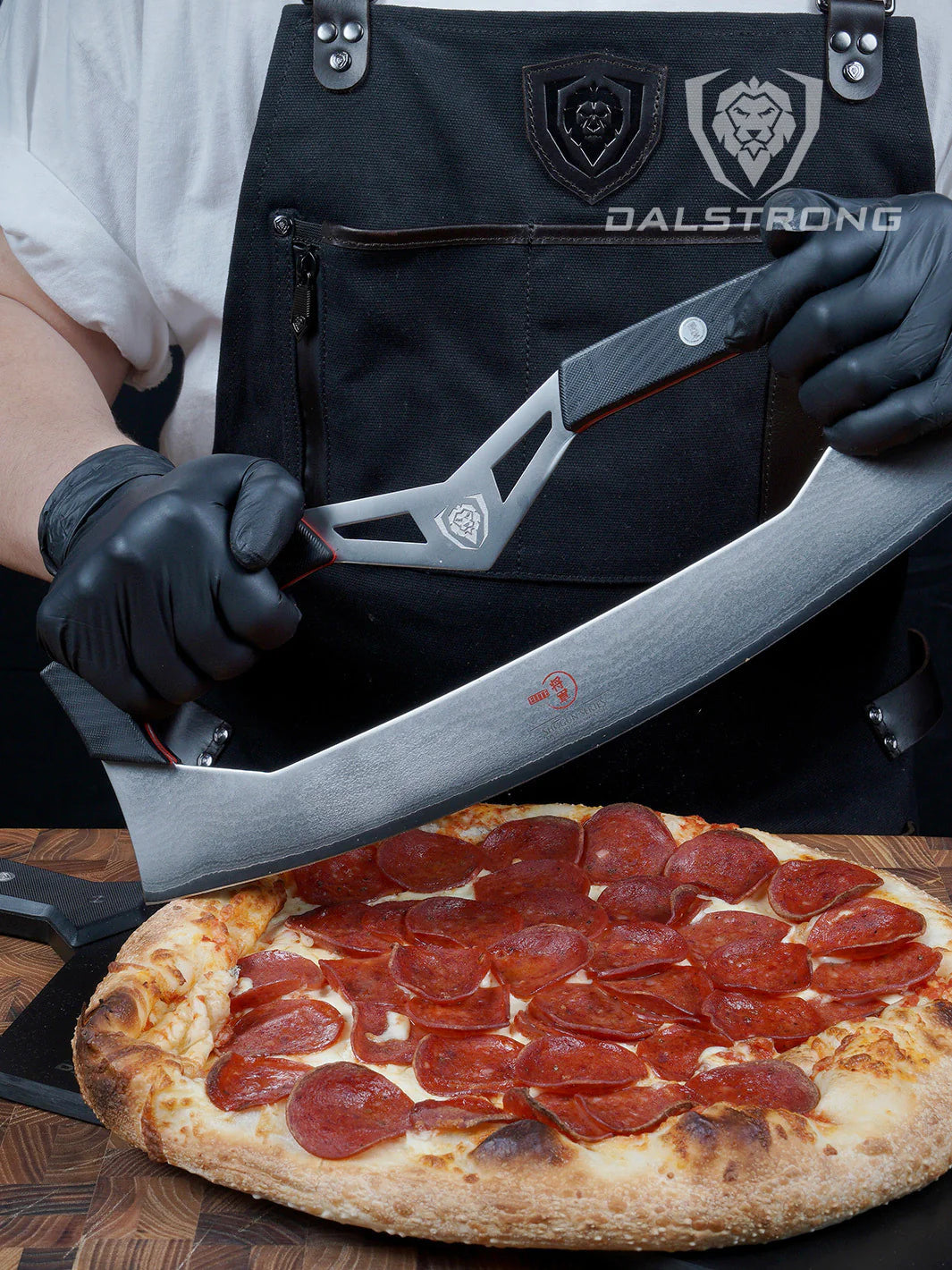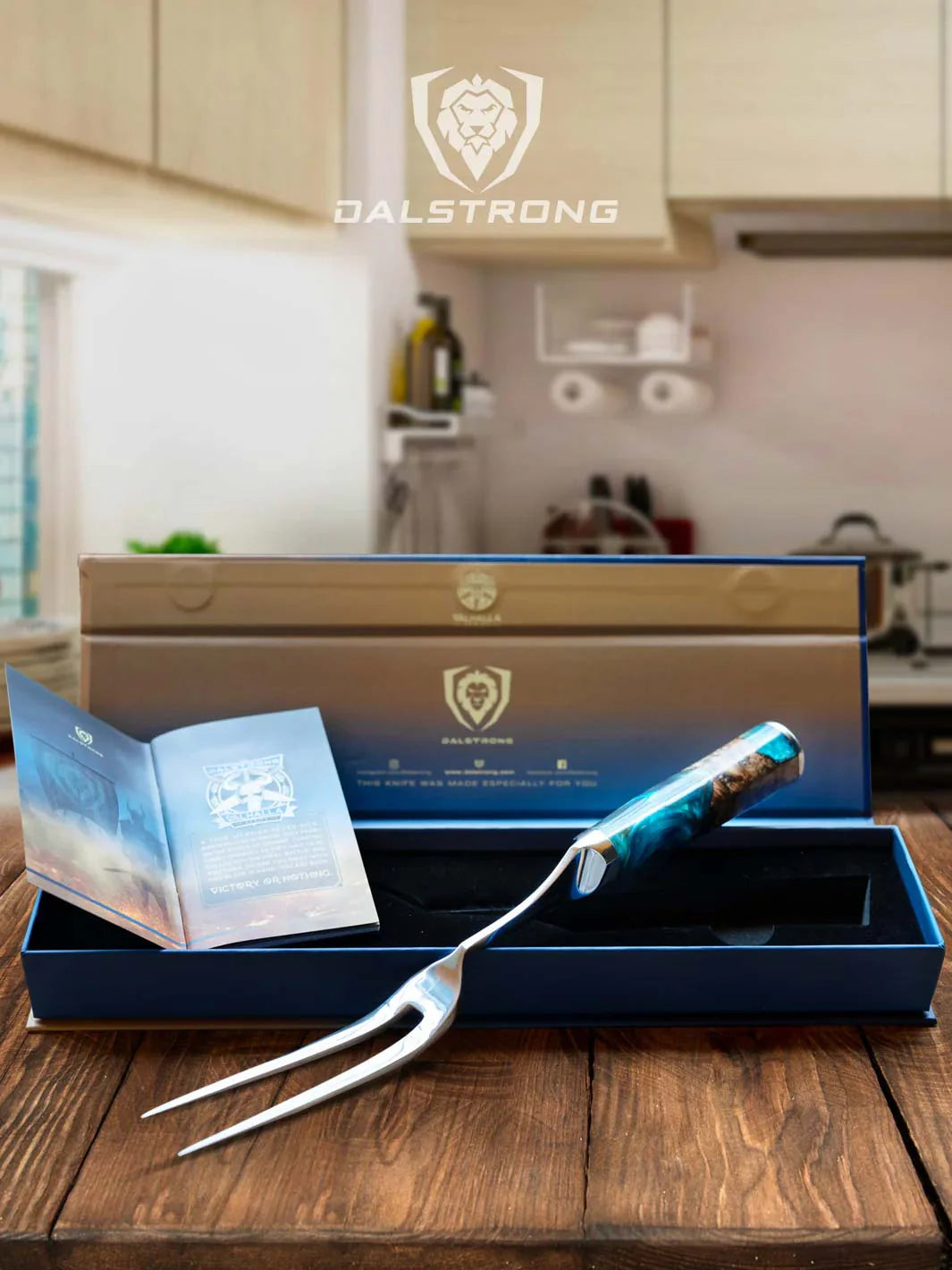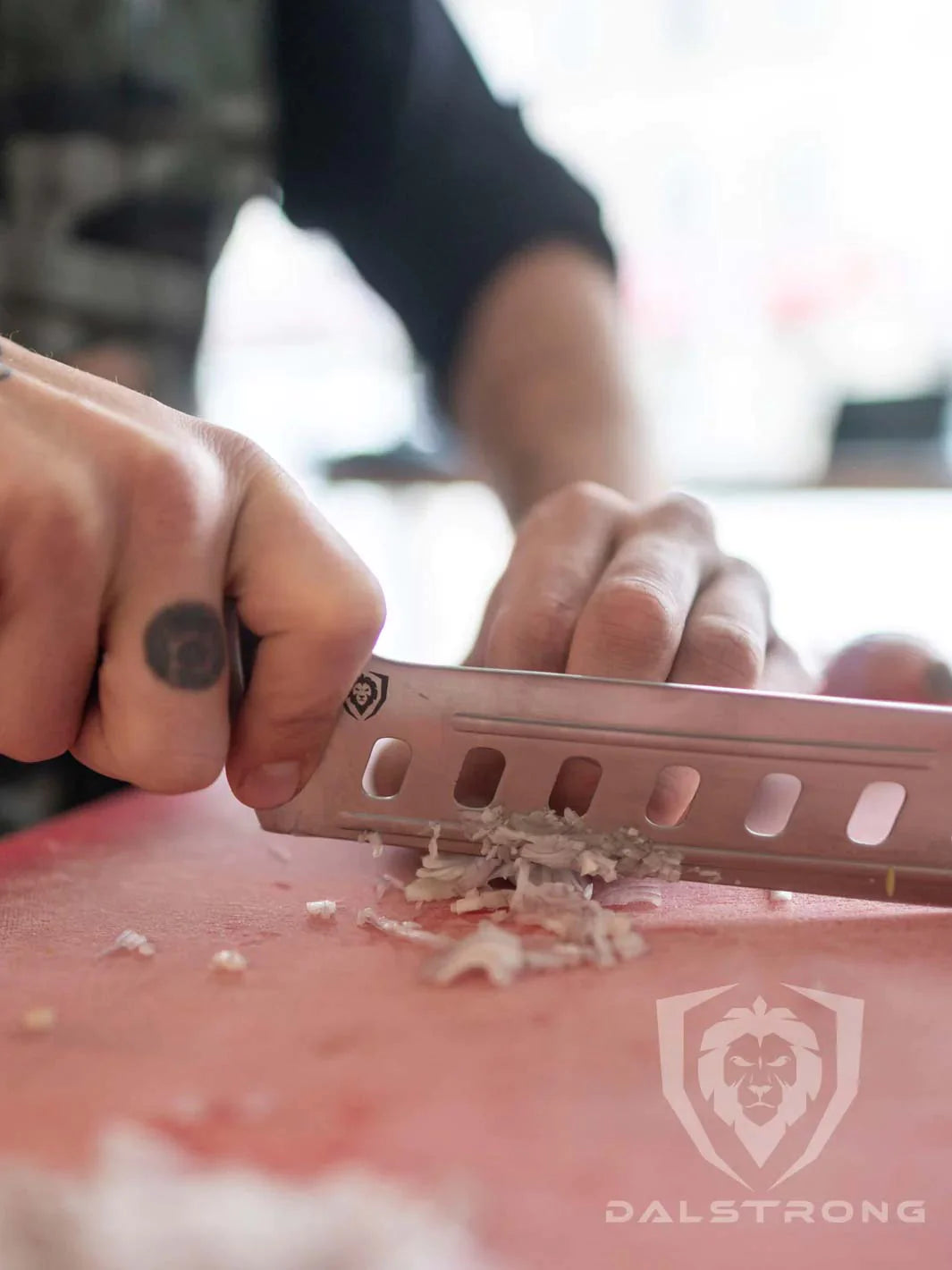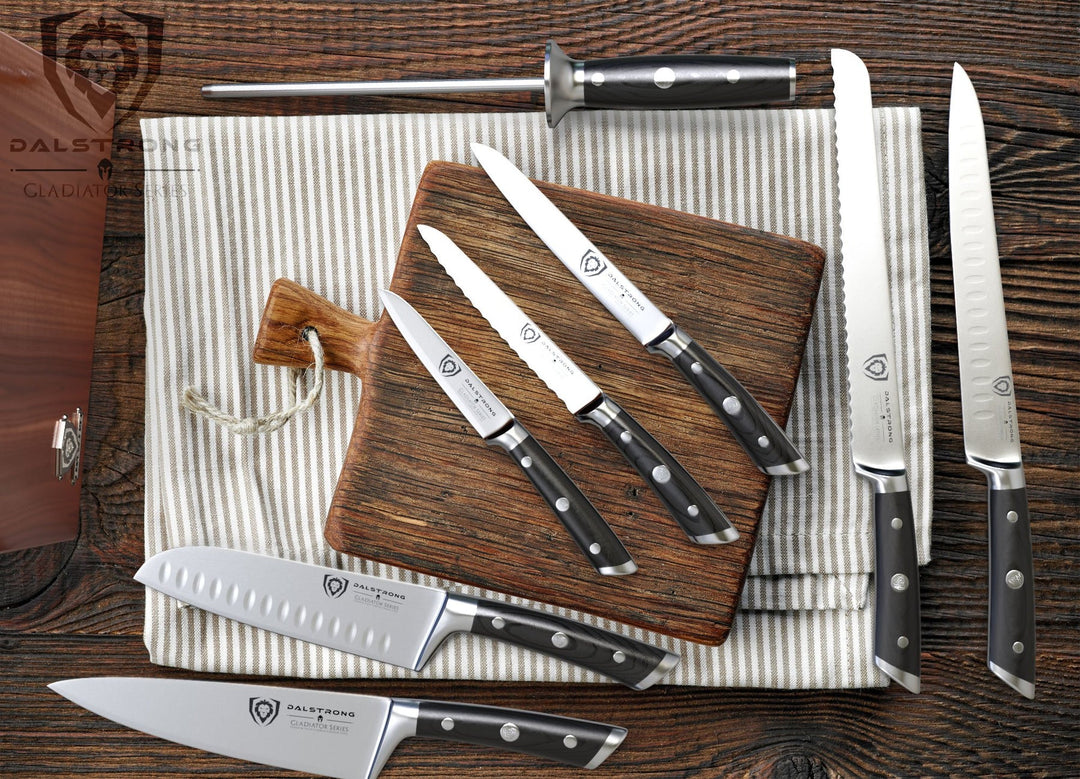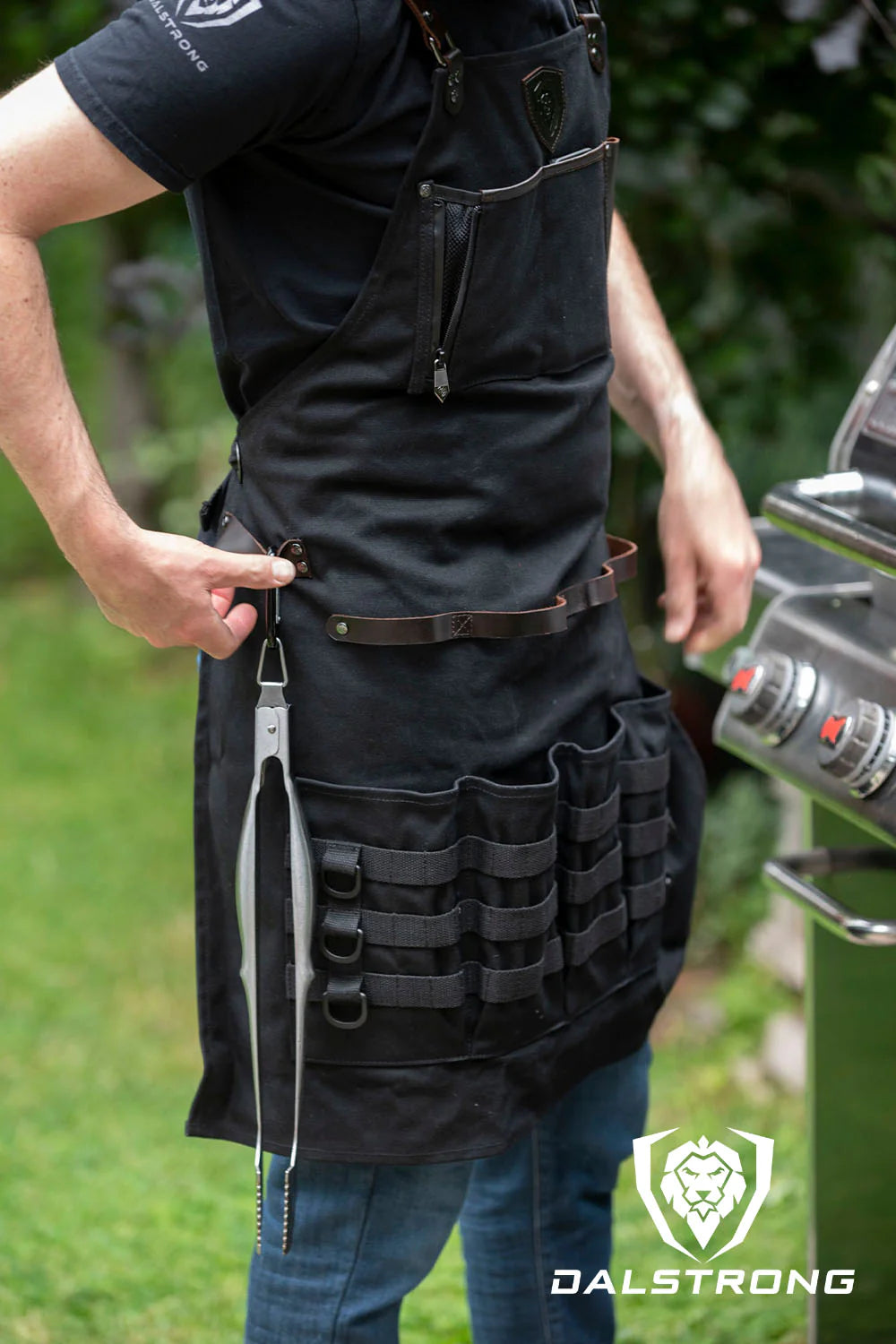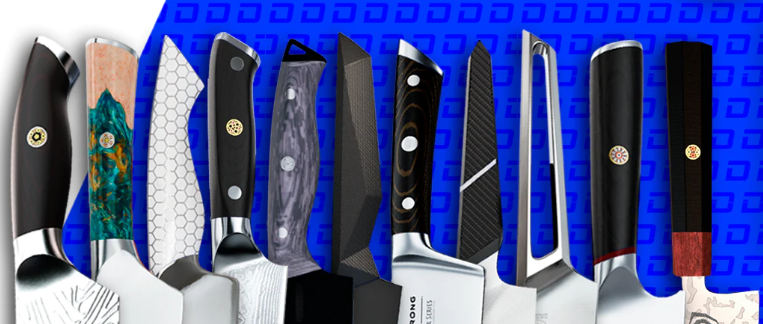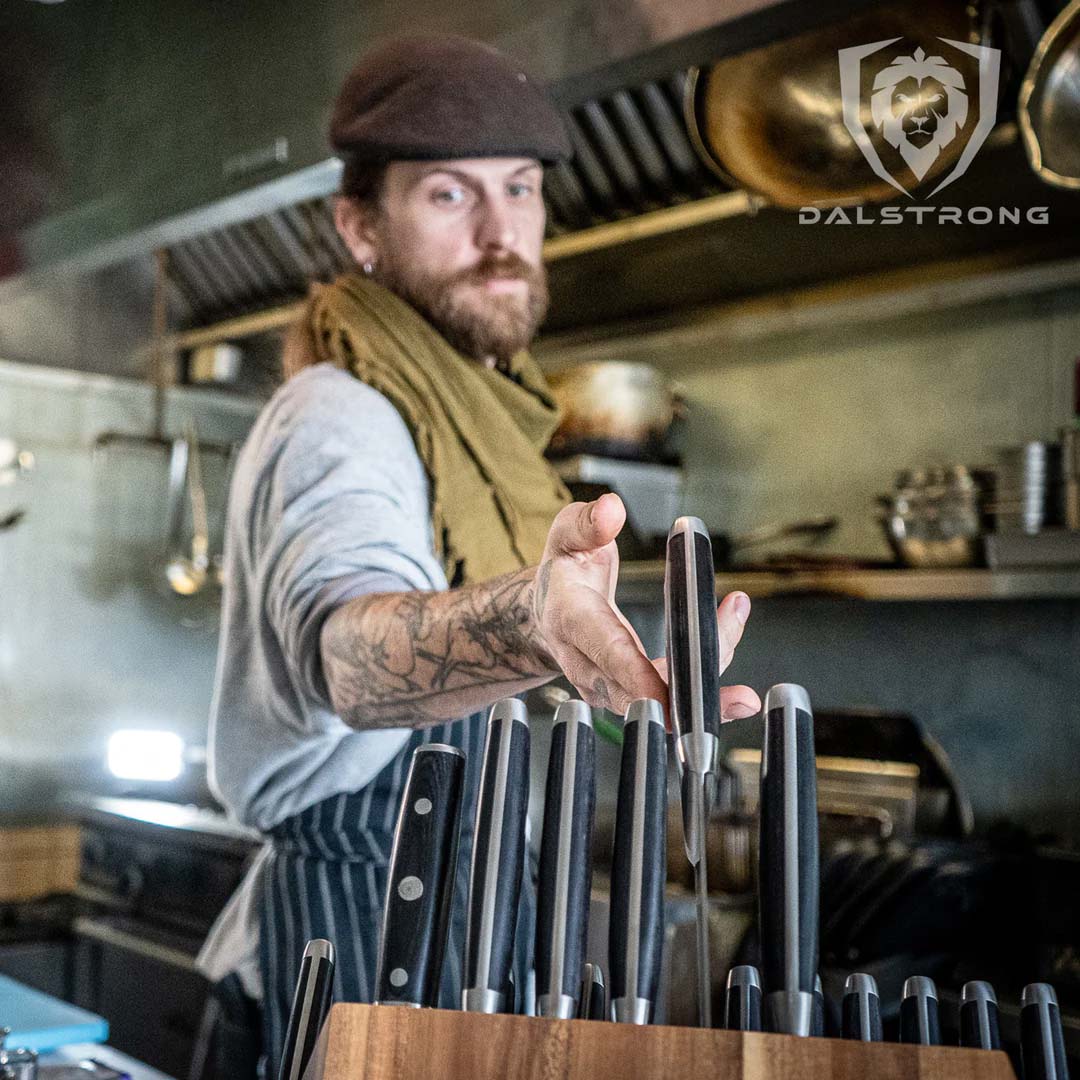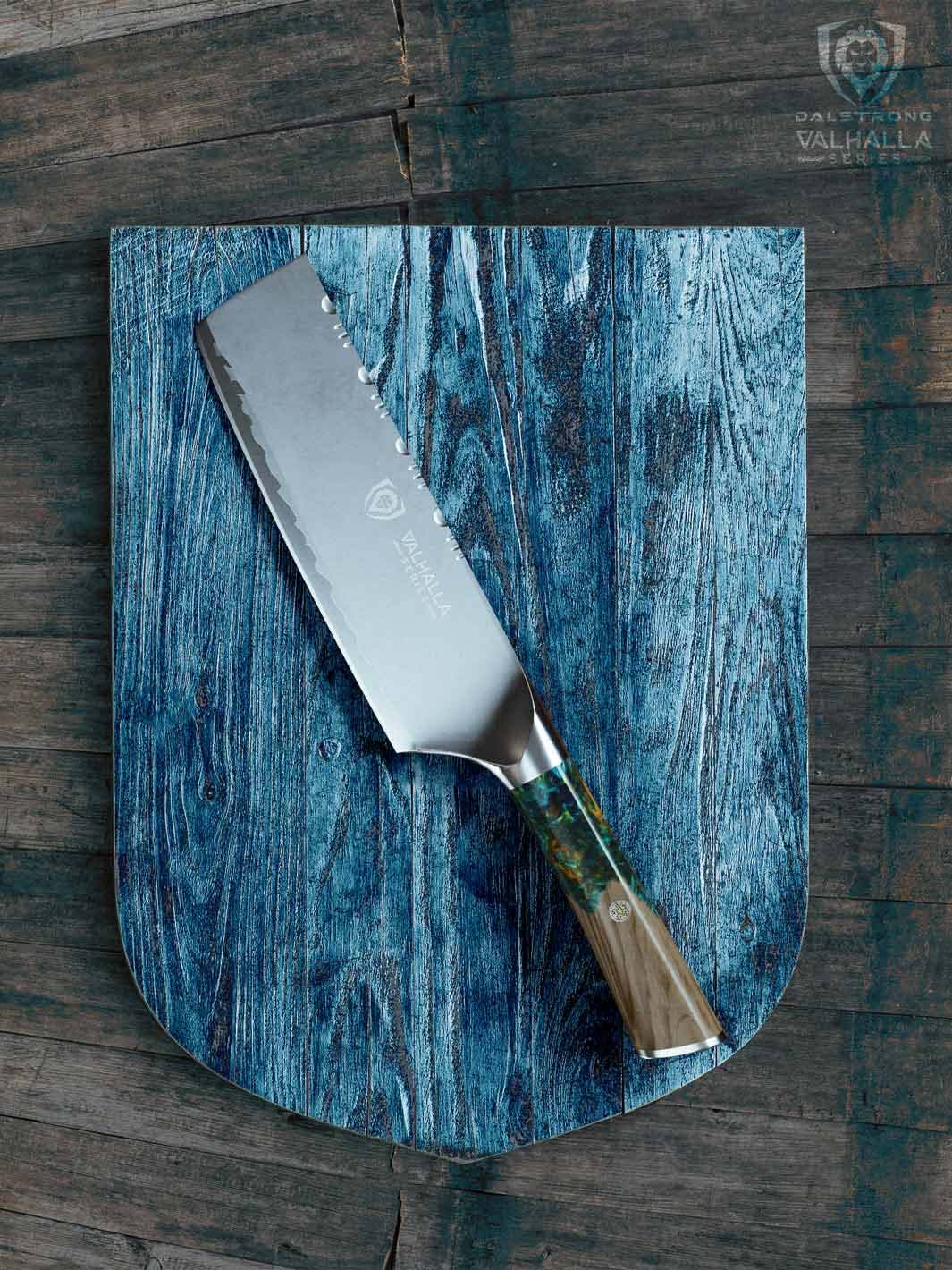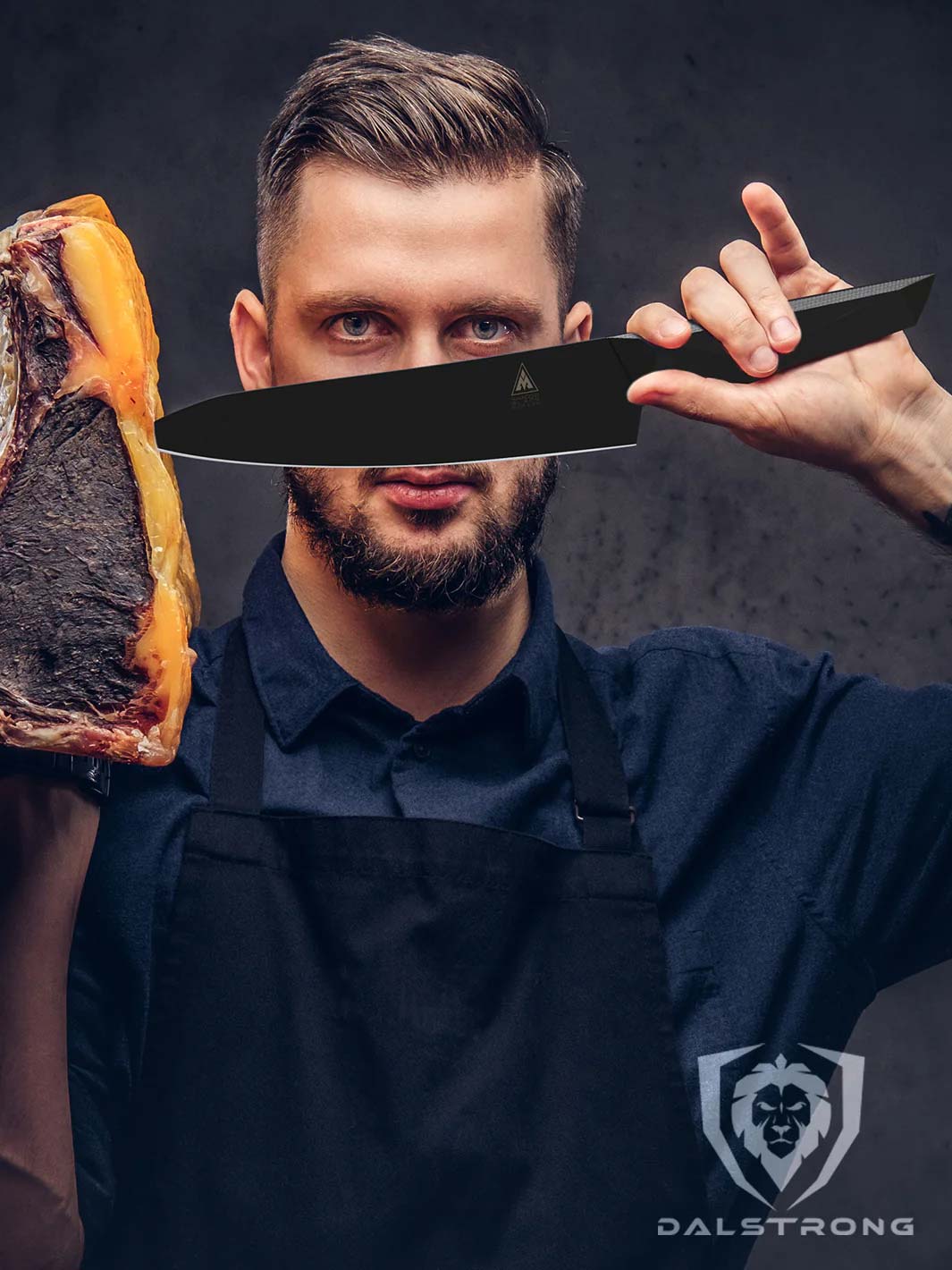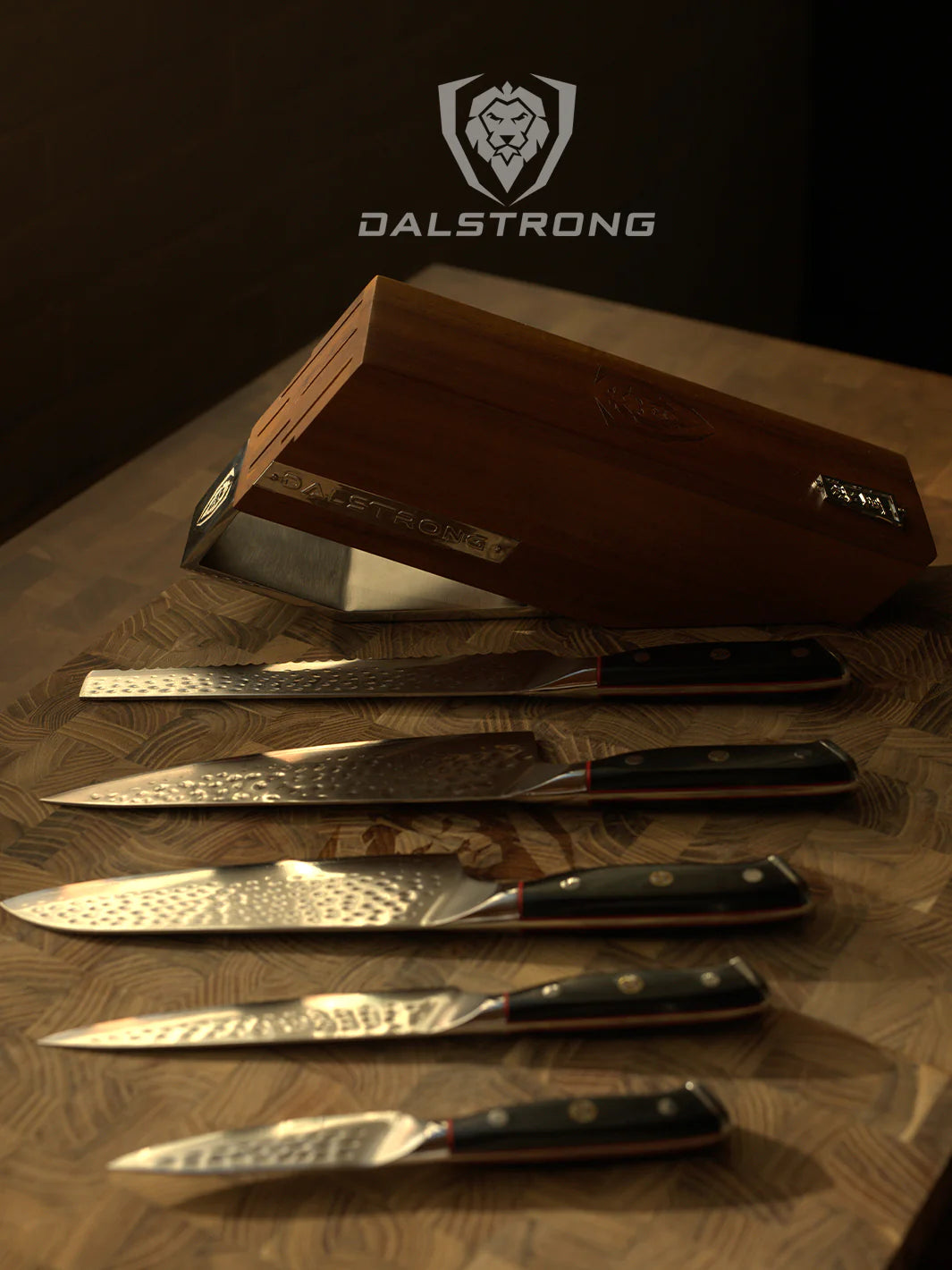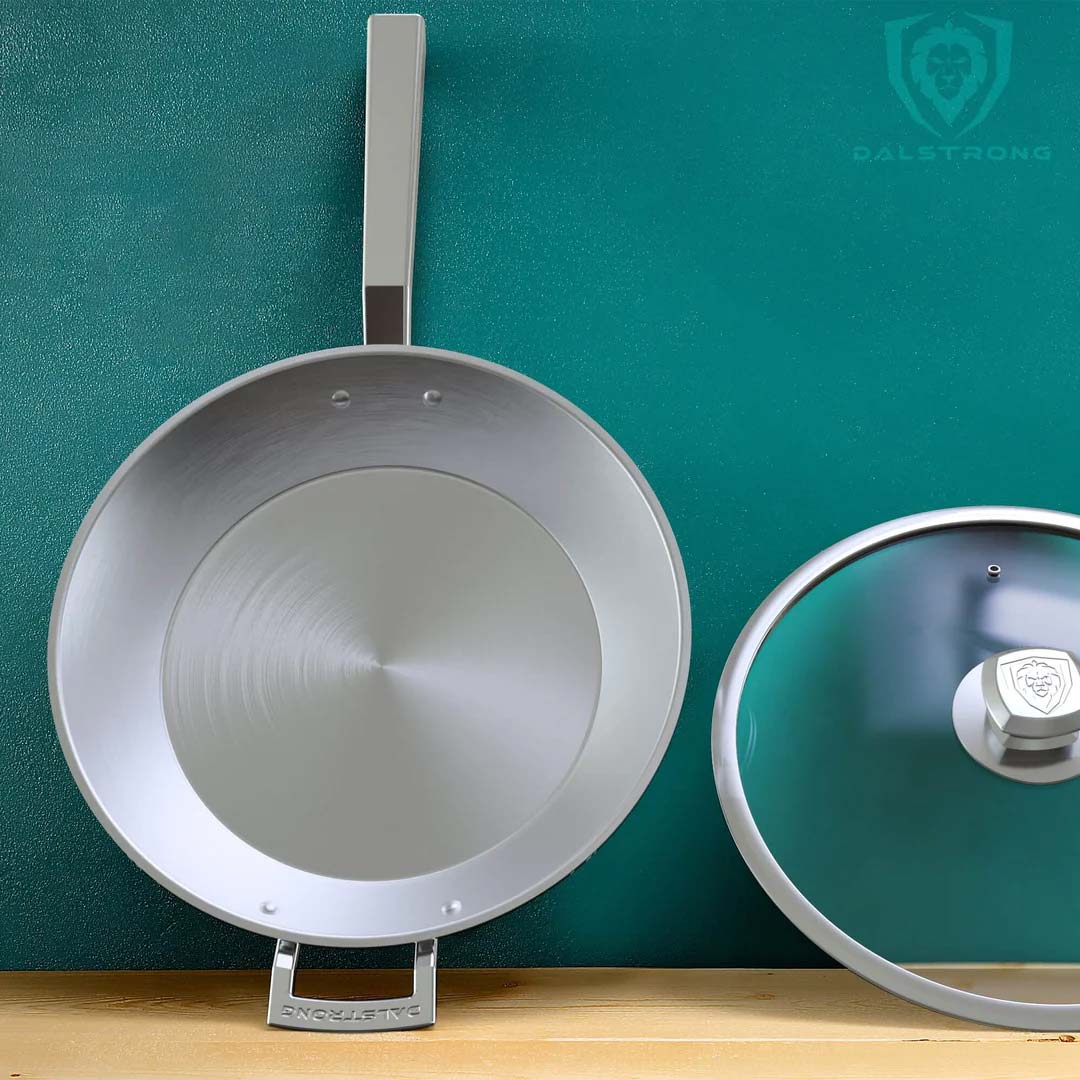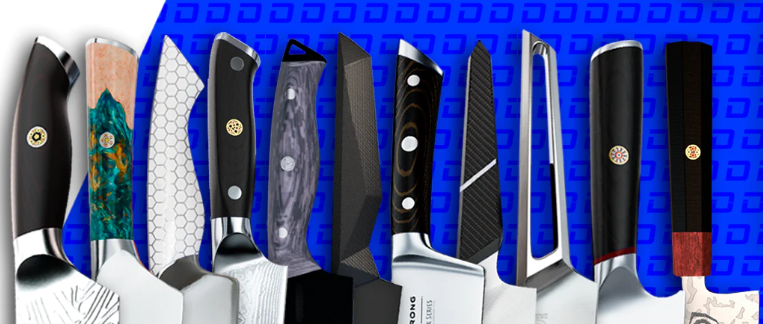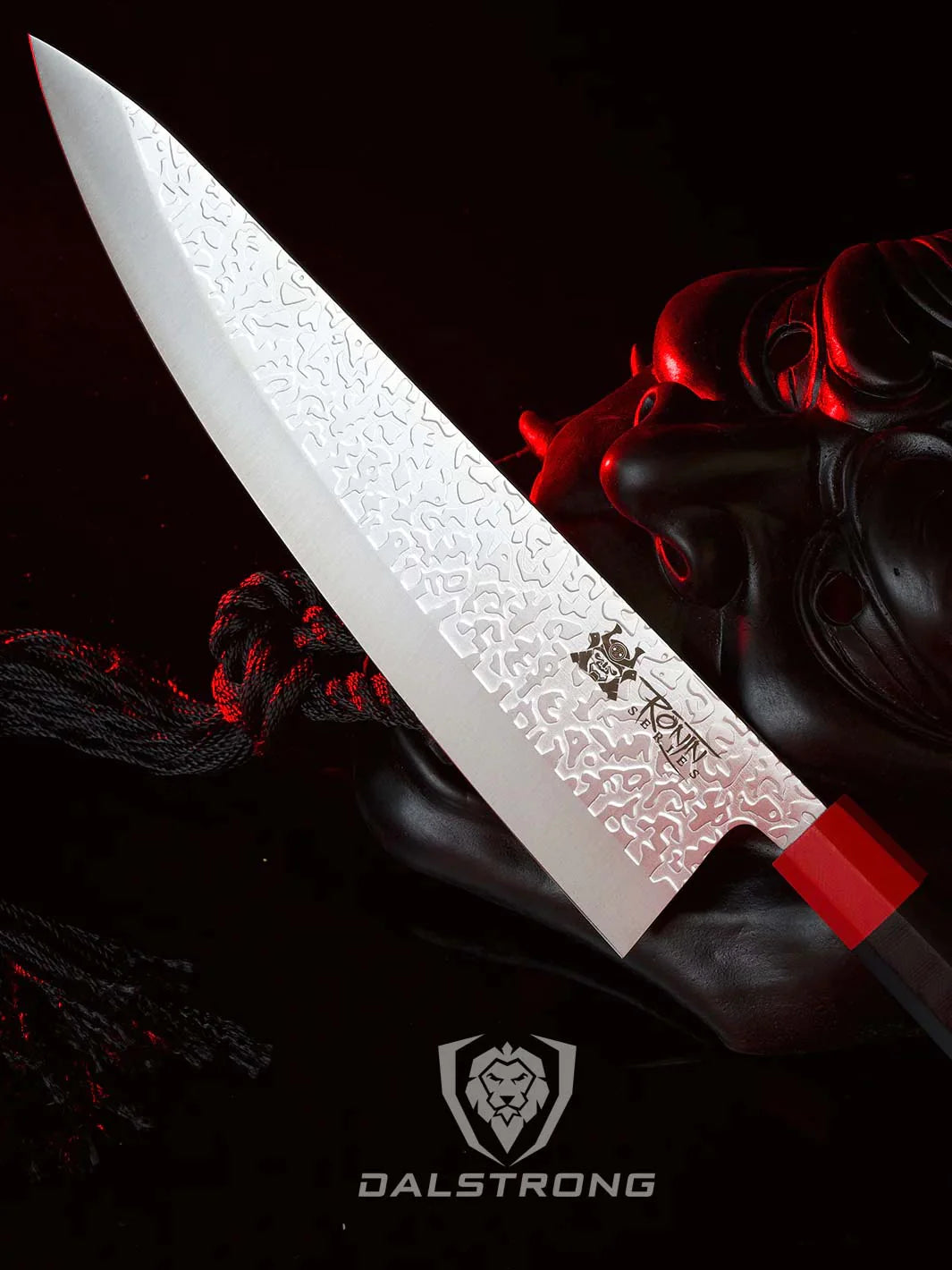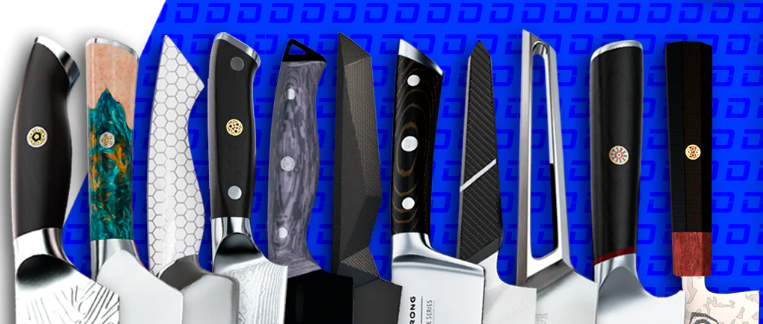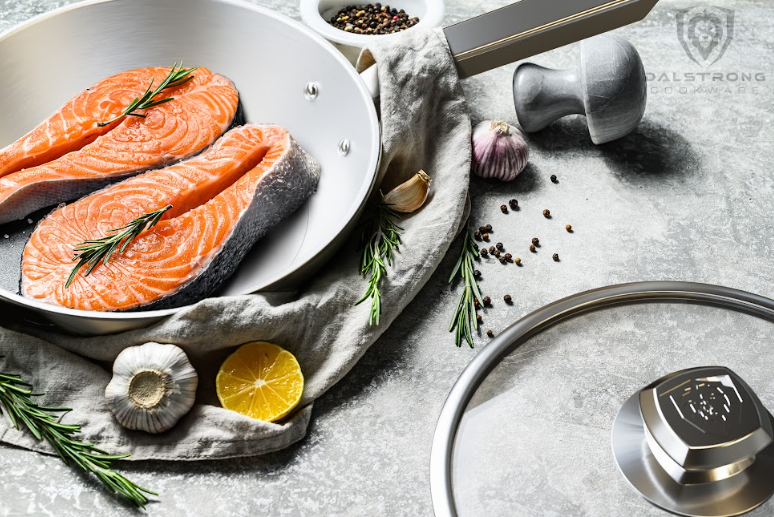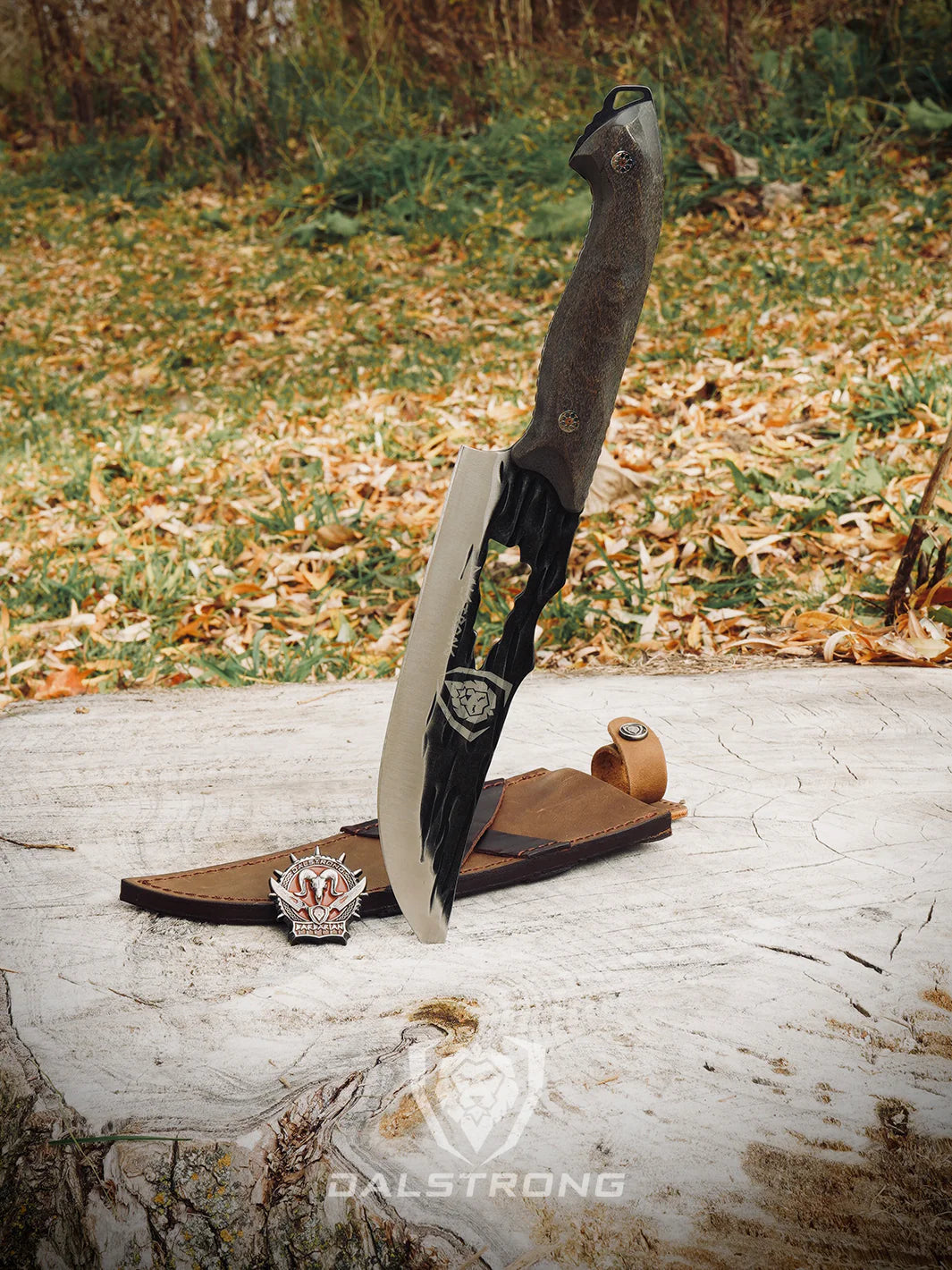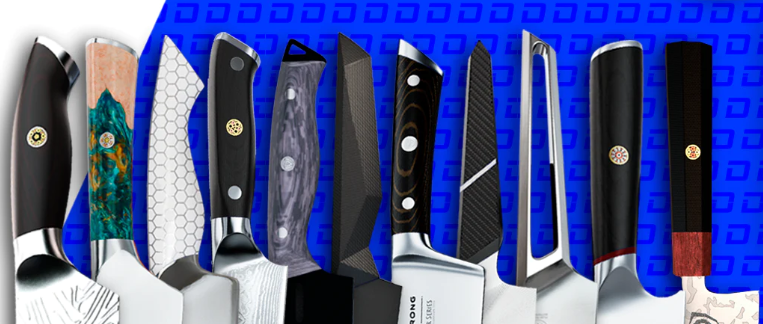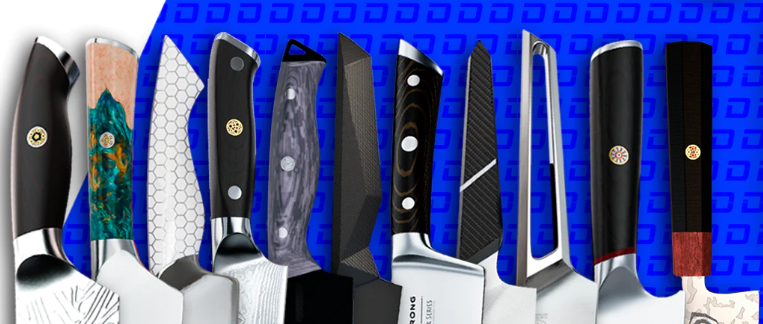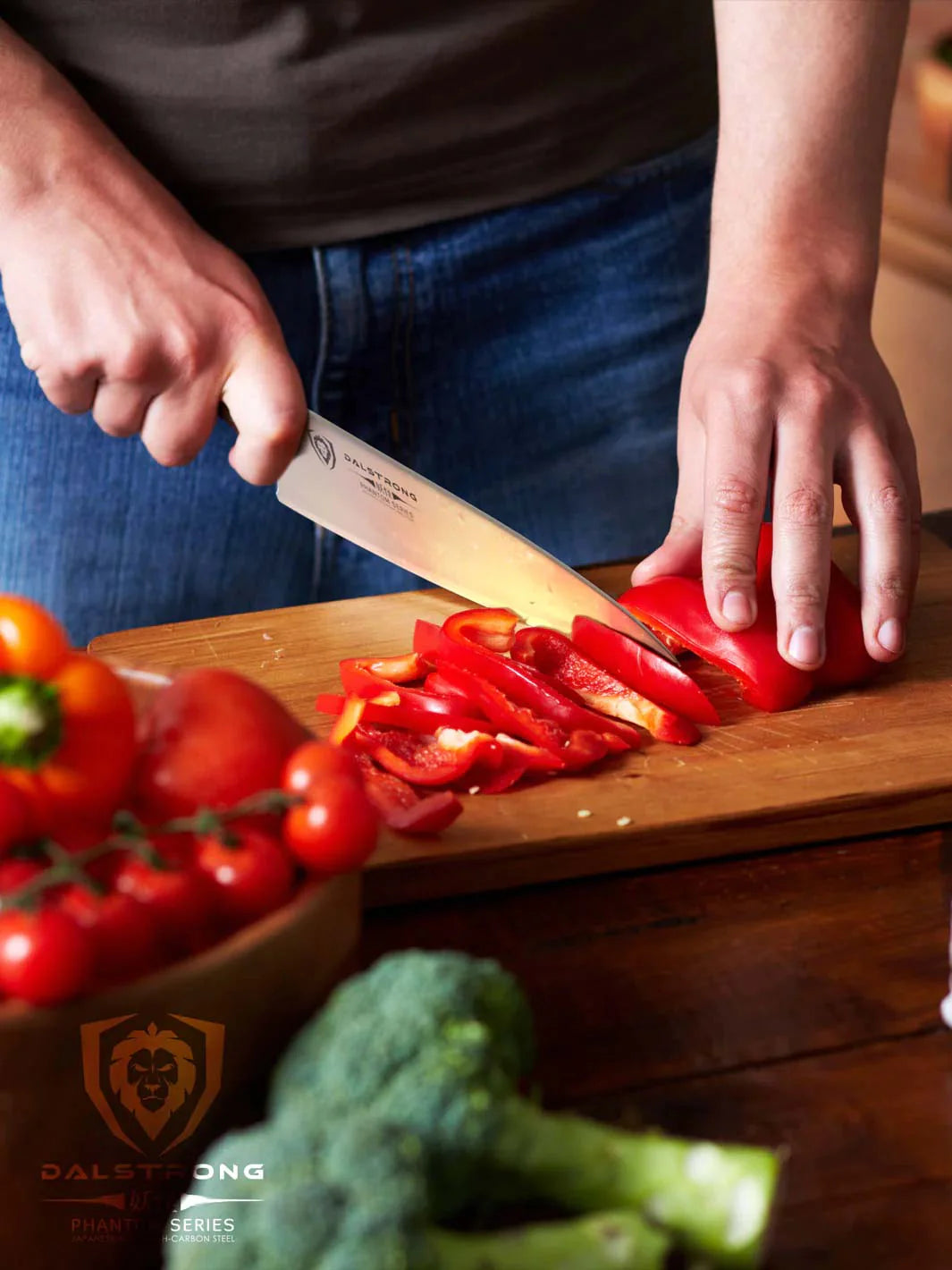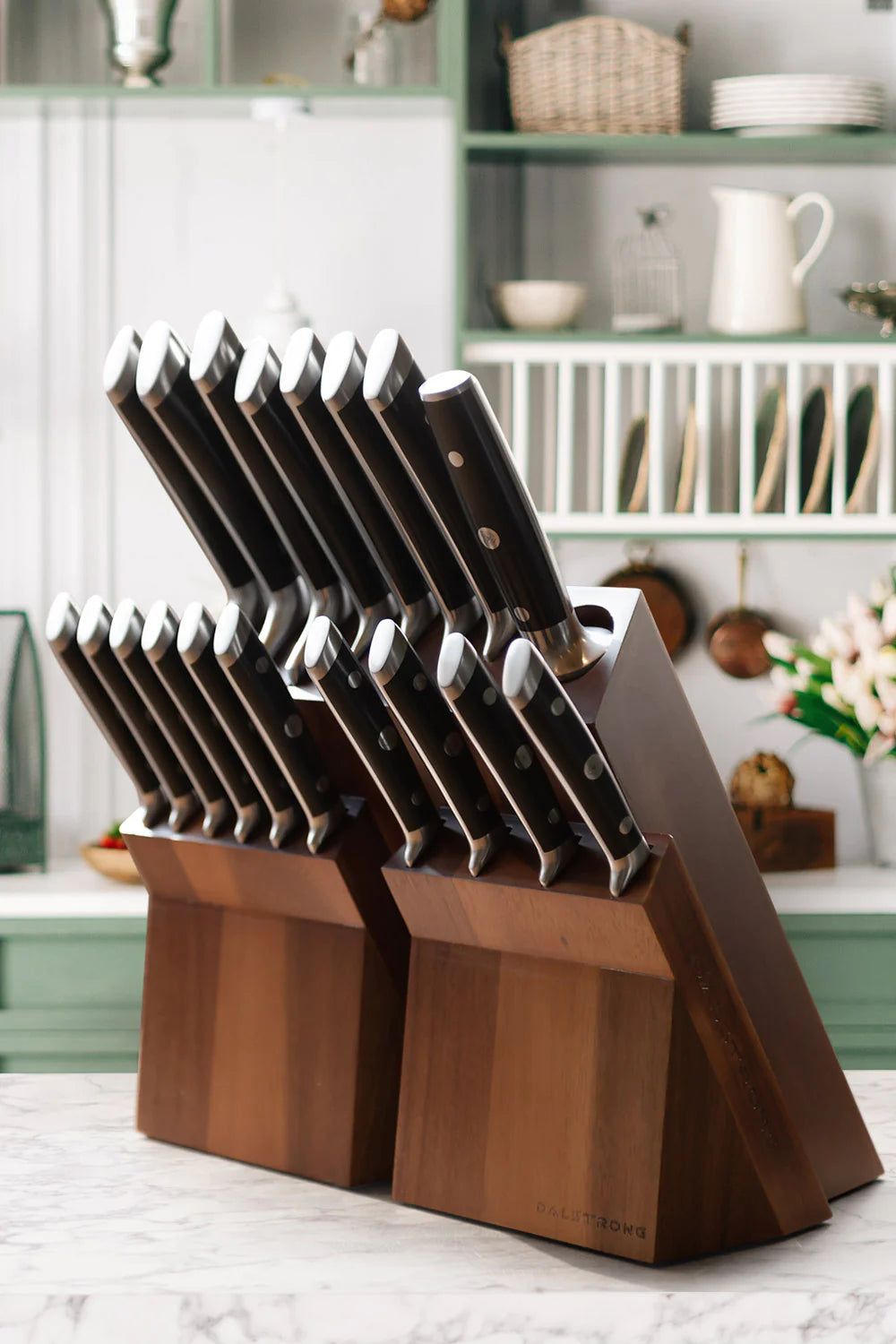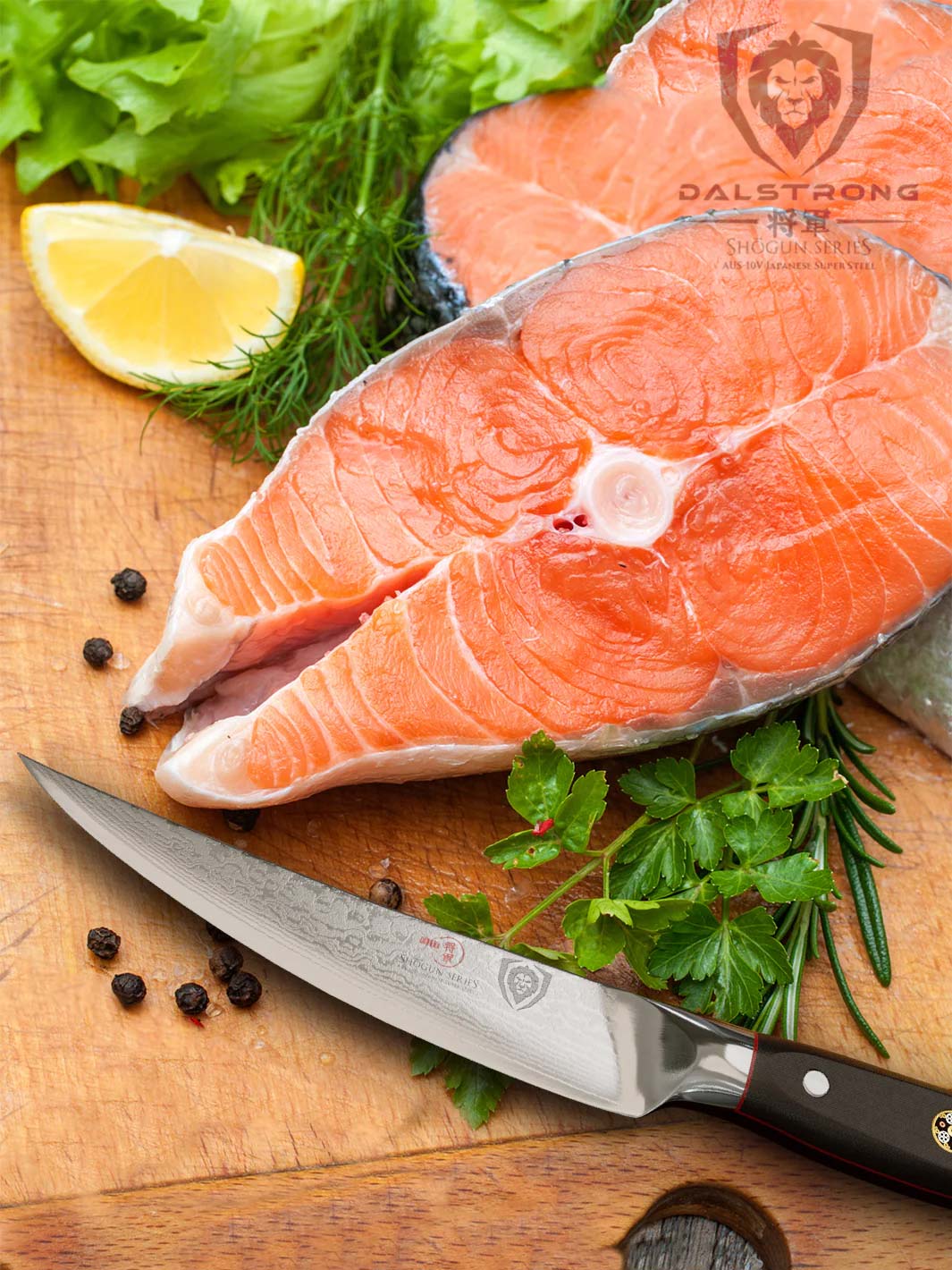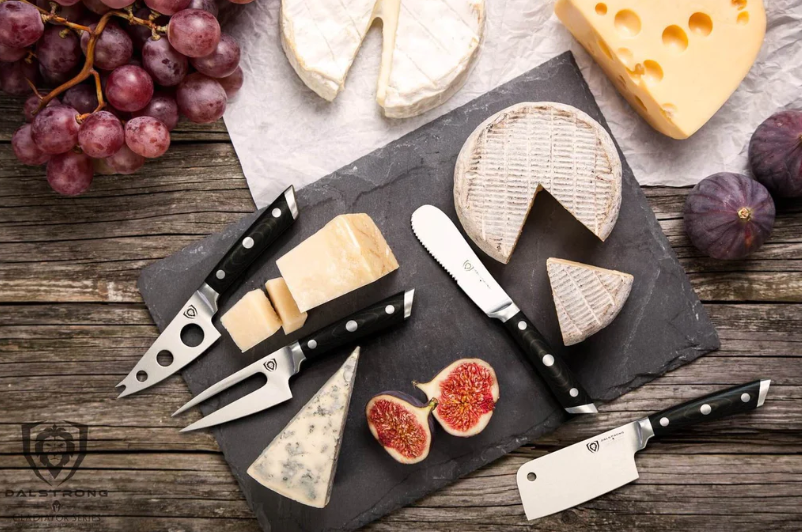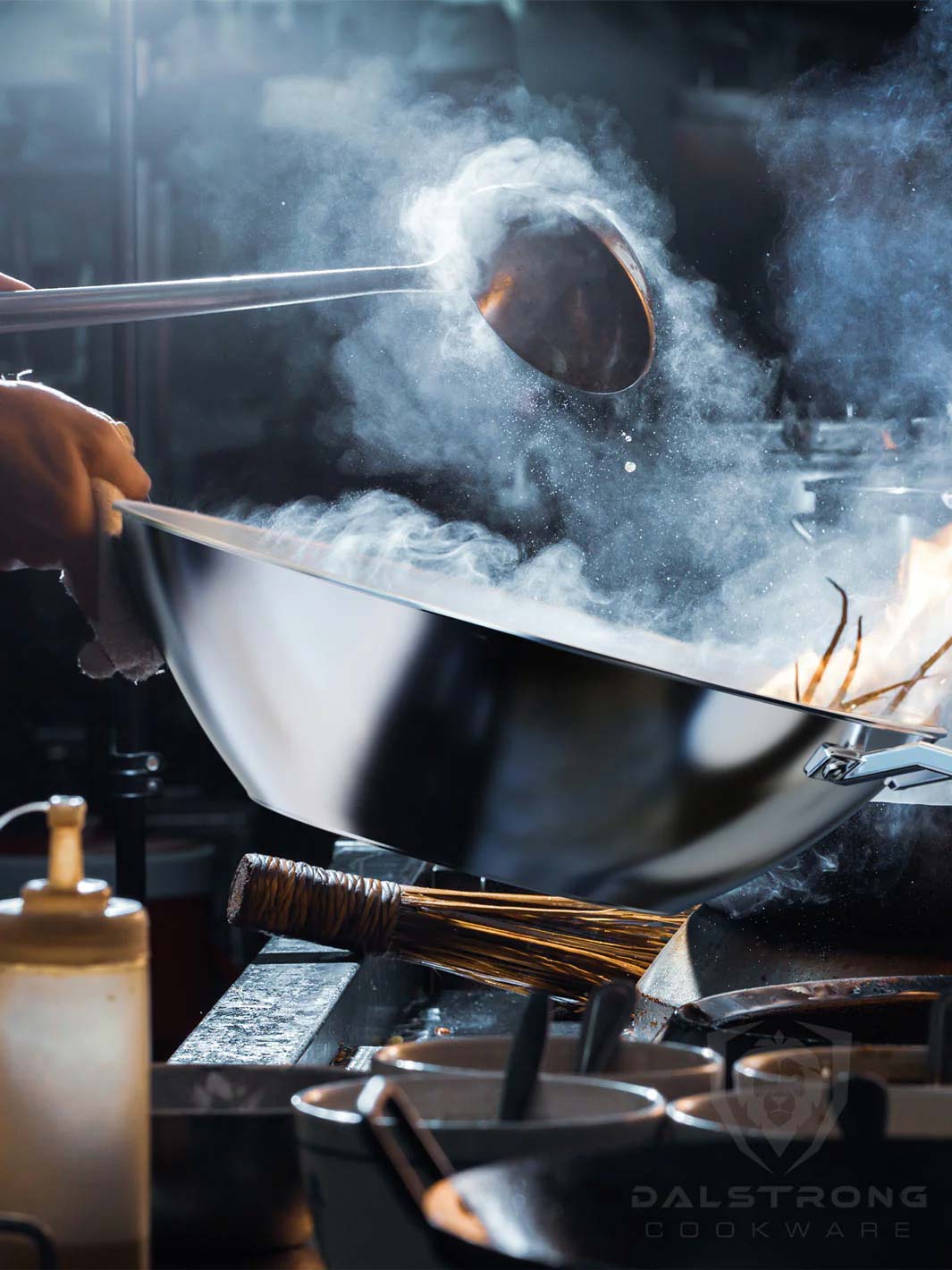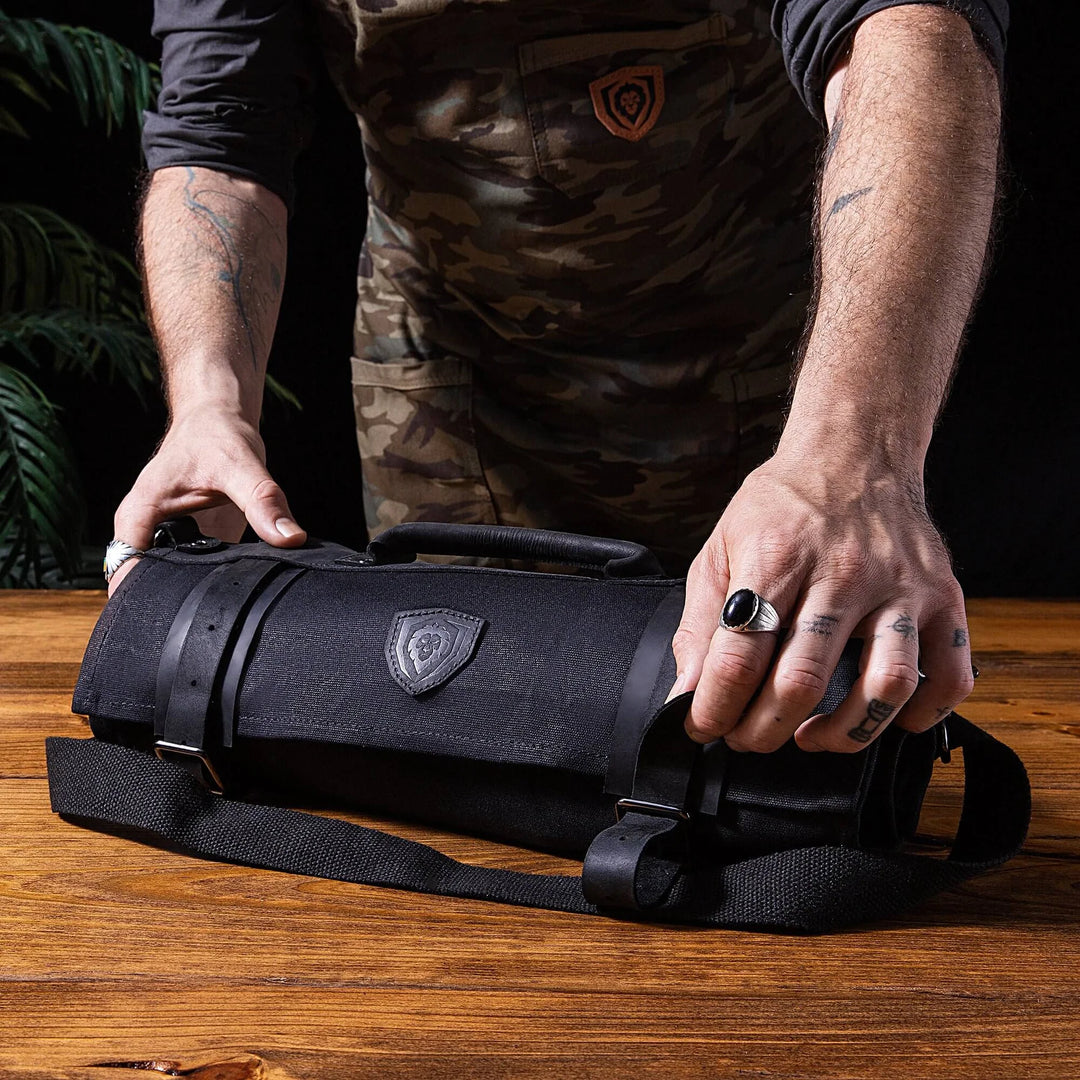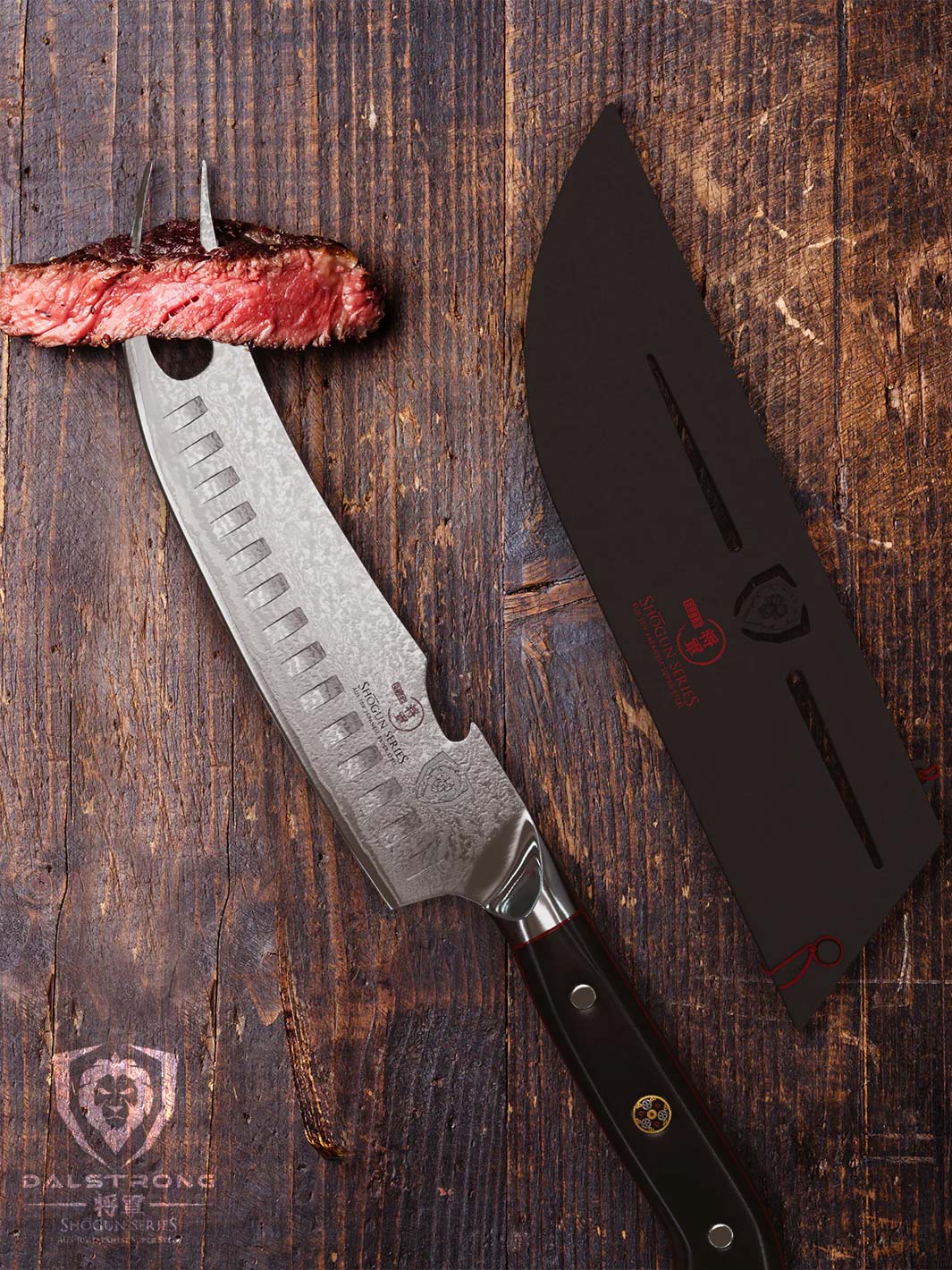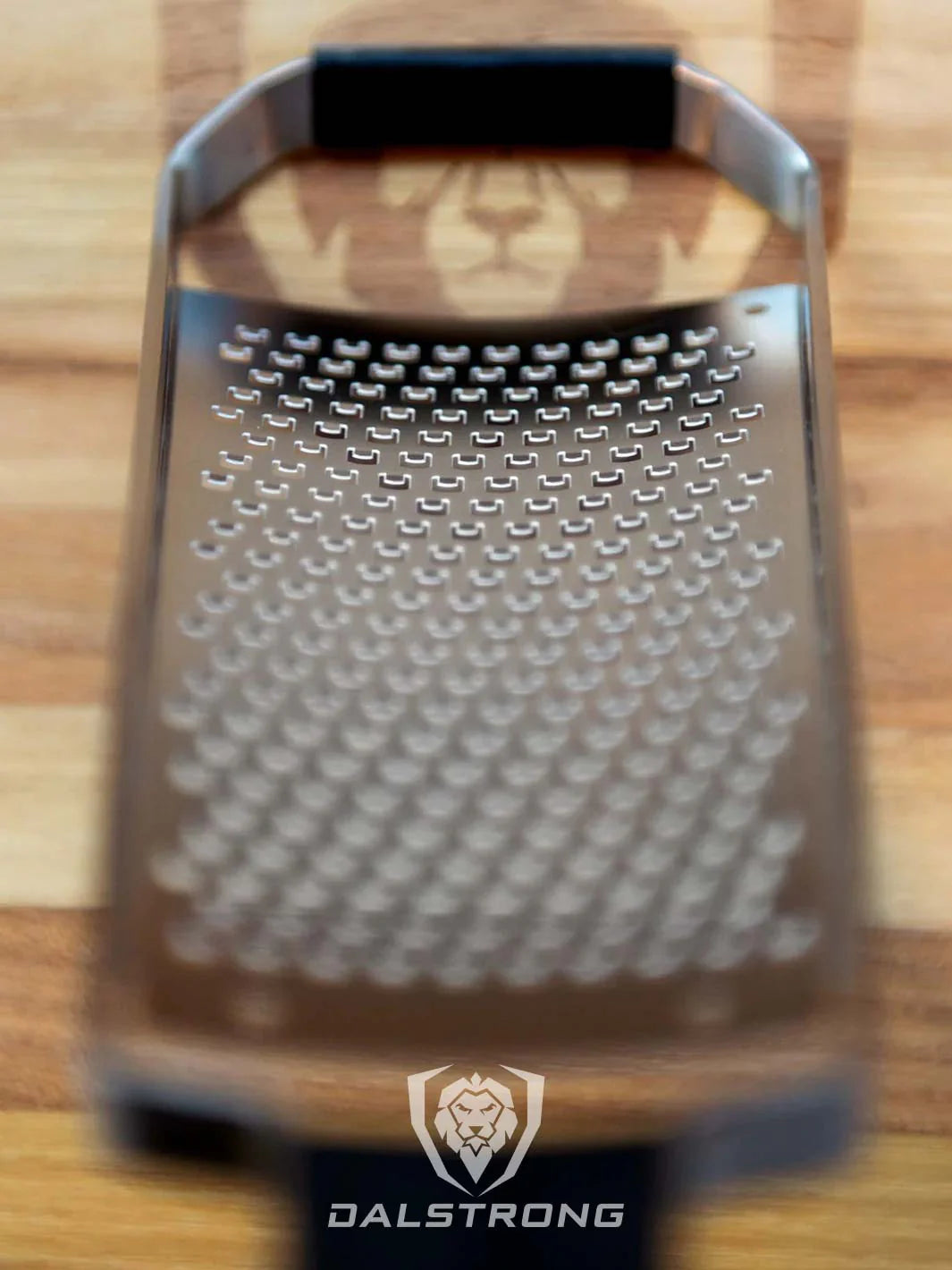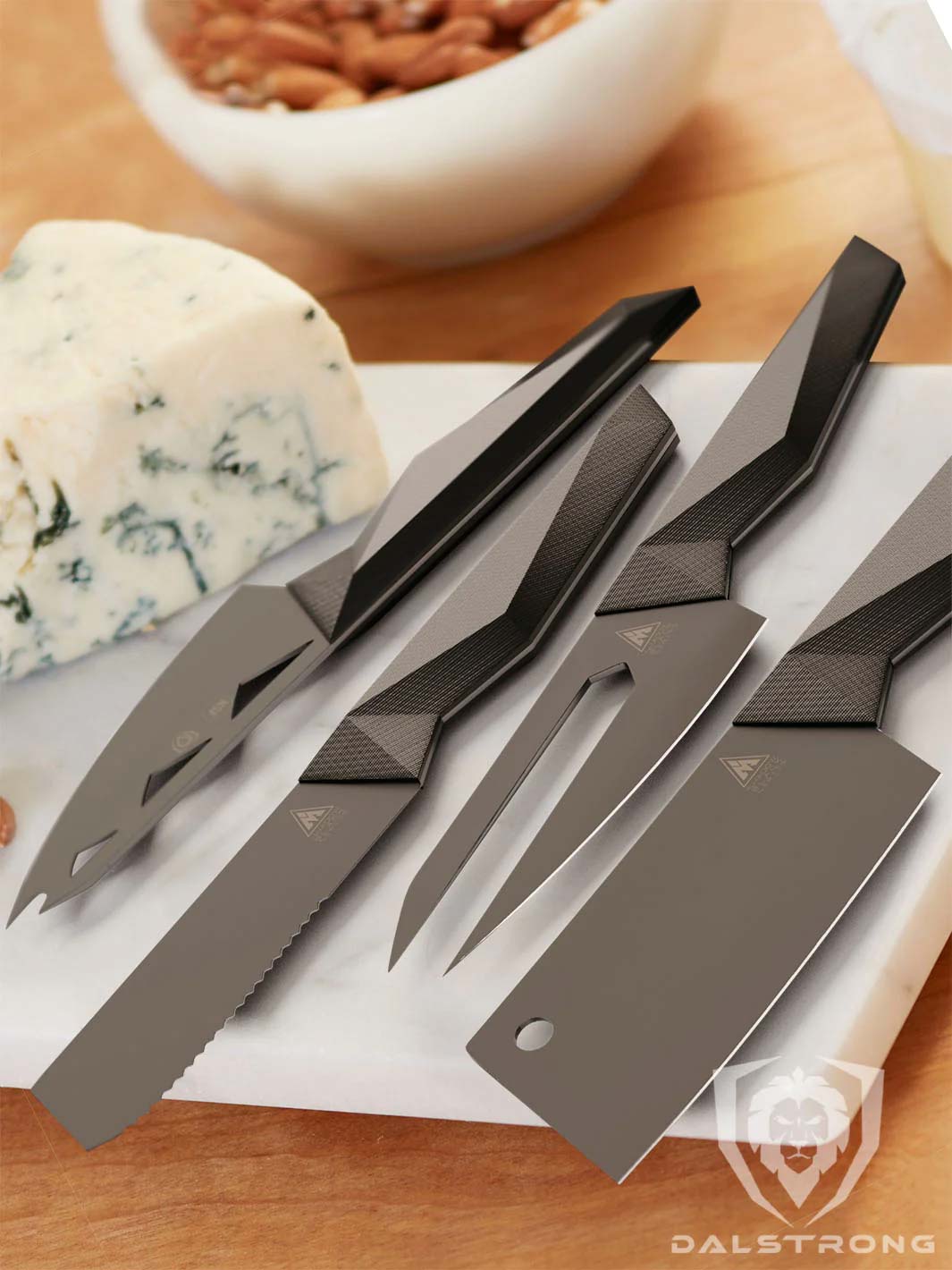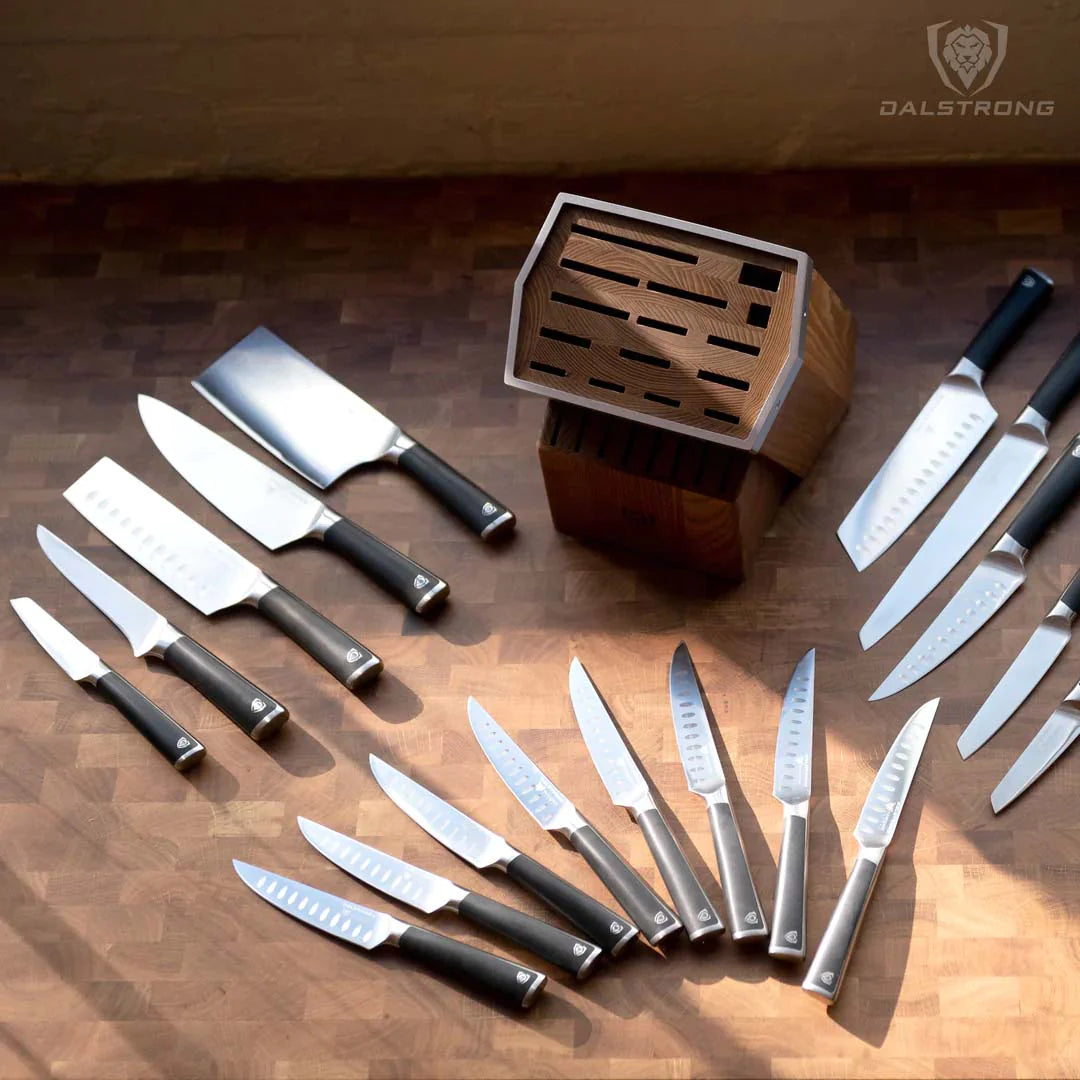What Is A Paring Knife Used For
 Paring Knife 3.5" Shogun Series ELITE Dalstrong
Paring Knife 3.5" Shogun Series ELITE Dalstrong
In the kitchen, having the right tools is important for home cooks and professional chefs. Paring knives are some of the most important tools, and knowing which paring knife to use for different tasks can make all the difference.
In this blog, we'll explore the different types of paring knives and their uses. For beginners and even seasoned chefs, understanding the basics of kitchen knives is the first step toward culinary success.
1. What Is a Paring Knife Used For?
Paring knives are small and versatile and are primarily used for peeling, trimming, and slicing fruits and vegetables. It is an essential tool for home cooks and professional chefs and is often included in knife sets and other kitchen essentials like chef, bread, and utility knives.
Paring knives come in different types, such as serrated paring knives, birds beak paring knives, and curved blade paring knives, each with its own unique features and uses. To make the most of a paring knife’s performance and longevity, it's important to choose one with a sharp blade.
2. Different Types of Paring Knives
 3-Piece Paring Knife Set Gladiator Series | NSF Certified | Dalstrong ©
3-Piece Paring Knife Set Gladiator Series | NSF Certified | Dalstrong ©
Standard Paring Knife
This is a versatile, all-purpose knife with a straight blade that can be used for peeling, slicing, and cutting small fruits.
Serrated Paring Knife
This type of paring knife has a serrated edge that can cut through the tough skins of vegetables like eggplants and fruits like tomatoes and citrus.
Birds Beak Paring Knife
This knife has a curved blade that resembles the shape of a bird's beak, which makes it ideal for peeling and carving small veggies and fruits.
Sheep's Foot Paring Knife
This knife has a straight blade with a curved tip that resembles the shape of a sheep's foot. It's great for intricate cutting tasks and for peeling and trimming small veggies and fruits.
Spear Point Paring Knife
This knife has a pointed blade with a straight edge that can be used for detailed cutting tasks like trimming, peeling, and slicing.
Sheep's Foot Spear Point Paring Knife
This knife combines the features of a sheep's foot and a spear point paring knife, making it versatile and suitable for various cutting tasks.
Curved Paring Knife
This knife features a curved blade that can easily move around the contours of fruits and veggies, making it ideal for peeling and trimming curved surfaces.
3. How To Properly Hold and Use a Paring Knife
 Paring Knife 3.5"Frost Fire Series | NSF Certified | Dalstrong ©
Paring Knife 3.5"Frost Fire Series | NSF Certified | Dalstrong ©
This knife is an important kitchen tool for any home cook or professional chef. It's a small, versatile knife that can be used for various tasks, including peeling, trimming, and slicing small fruits and vegetables. However, knowing how to properly hold and use a paring knife is important to avoid accidents and make the most out of this handy kitchen tool.
1. Hold the Knife Properly
To hold a paring knife properly, grip the handle firmly with your dominant hand. Your thumb should be placed on the top of the handle, while your index finger on the spine of the blade for control. Your other fingers must be wrapped around the handle to provide a secure grip.
2. Choose the Right Cutting Technique
There are two main cutting techniques for using a paring knife: the claw grip and the tip grip.
The Claw GripThis grip involves curling your fingertips inward and making use of your knuckles as guide for the blade. Hold the blade perpendicular to the cutting board, and move the knife back and forth with a rocking motion. This grip is best for tasks that require precision and control, like peeling and trimming.
The Tip GripThis grip involves holding the knife at the tip of the blade using your thumb and index finger. The blade should be angled slightly away from the cutting board, and use a slicing motion when cutting through the food. This grip is best for tasks that require a longer, sweeping motion, like slicing or carving.
3. Use Proper Techniques for Different Tasks
When using a paring knife, it's important to use the proper technique for the task at hand. Here are some tips for common tasks:
PeelingUsing your non-dominant hand, hold the fruit or vegetable and use the paring knife to remove the peel with a back-and-forth motion. Use the claw grip for precision and control.
With your non-dominant hand, hold the fruit or vegetable and use the paring knife to remove any stems or blemishes. Use the claw grip for precision and control.
SlicingHold the fruit or vegetable and use the paring knife to make thin, even slices. Use the tip grip for longer, sweeping motions.
4. Keep the Knife Sharp
A sharp paring knife is essential for safe and efficient cutting. Make sure to sharpen your knife regularly using a sharpening stone or a honing rod. A sharp blade will cut through food more easily and require less force, reducing the risk of accidents.
5. Practice Safe Knife Habits
It's important to practice safe knife habits when using a paring knife. Remember to cut away from your body, avoid touching the blade with your fingertips, and never leave a knife unattended on a cutting board. Keep the knives in a knife block or a sheath when not in use to prevent accidents.
By following these tips for holding and using a paring knife, you'll be able to make the most out of this essential knife while keeping yourself safe. With practice, you will become more confident and efficient in your cutting tasks, making meal prep a breeze.
4. Top 5 Dalstrong Paring Knives You Need In Your Kitchen
1. Paring Knife 3.5" Shogun Series ELITE

The blade on this 3.5” paring knife is made with precision forged, ultra-premium Japanese AUS-10V ‘super steel’ cutting core at 62+ Rockwell hardness for unrivaled performance and incredible edge retention. It has 67 layers of high-carbon stainless steel cladding that provide exceptional strength, durability, and stain resistance.
PROS:
- The blade is made of ultra-premium Japanese AUS-10V ‘super steel’ cutting core for excellent performance and edge retention.
- Superior strength, endurance, and stain resistance - made possible by the 67 layers of high-carbon stainless steel cladding.
- The scalpel-like edge is hand-finished to a mirror polish within an 8-12° degree angle using the infamous Dalstrong Diamond Detailing (D3) method.
- The nitrogen cooling enhances the blade's hardness, flexibility, and corrosion resistance.
CONS:
- The blade's 3.5" length may not be suitable for larger cutting tasks.
- The premium materials and craftsmanship make the blade more expensive than other options.
- The intricate design of the blade could require more maintenance and care.
2. Bird's Beak Tourne Paring Knife 2.75" Gladiator Series NSF Certified Dalstrong
The Dalstrong Gladiator Series paring knife boasts a 3.5” precision forged blade with an ultra-premium Japanese AUS-10V ‘super steel’ cutting core, providing unrivaled performance and incredible edge retention. The blade is ten folds robust, thanks to the 67-layers of high-carbon stainless steel cladding, providing exceptional strength, durability, and stain resistance.
PROS:
- Precision forged with high carbon steel for excellent sharpness and wear resistance.
- Hand sharpened to a staggering 16-18° angle for balance.
- Tall blade height allows for knuckle clearance during chopping and food preparation.
- Beautiful hand-polished satin finish.
CONS:
- Some users may prefer a harder or softer blade.
- You could be looking for another one of Dalstrong’s paring knives.
3. Serrated Paring Knife 3.75" Gladiator Series NSF Certified Dalstrong
The hand-polished satin finish blade on this serrated paring knife is tapered for hardness and flexibility and features added chromium for stain resistance – the blade also has a full tang for robustness. The handle is made of premium quality laminated G10 Garolite, making it strong and refined, with triple rivets for even more durability. The handle's ergonomic shape provides maximum comfort, grip, and maneuverability.
PROS:
- Precision-forged from high-carbon German steel for an ultra-sharp and wear-resistant blade.
- Tapered design for hardness and flexibility.
- Full tang for incredible robustness & quality.
- Tall blade height provides knuckle clearance for better food preparation and chopping activity.
- Features an ergonomic handle for maximum comfort, grip, and maneuverability.
CONS:
- The tall blade height may not be suitable for some types of cutting tasks, as it may interfere with the angle of the blade.
- The price could be expensive for some buyers, as it is a premium product. But it is definitely worth the investment if you love to cook.
4. Paring Knife 3.5" Centurion Series Dalstrong

The blade on this paring knife is precision forged and made with ultra-sharp and wear-resistant Swedish Sandvik 14C28N steel that is hardened at 58+ Rockwell. It features a straight-edged blade with a hand-polished satin finish and a pinch grip hollow near the bolster for added control. The knife is precisely tempered for added durability and has a full tang for incredible robustness and balance.
PROS:
- Beautiful hand-polished satin finish for a clean, elegant look.
- The straight-edged blade allows for clean, precise work.
- The pinch grip hollow near the bolster provides added control.
- Full tang design adds to the knife's robustness and quality.
- The tapered design allows for hardness and flexibility.
- Precisely tempered for added durability.
CONS:
- Some users may find the rings of red and copper on the handle to be too flashy or distracting from the overall design of the knife.
- Some folks prefer utility knives instead of paring knives.
5. Paring Knife 3.75" Shadow Black Series RED Edition Dalstrong

This paring knife from the Shadow Black series from the RED edition is a personal favorite, and let me tell you why. The blade is made with high-quality, precision-forged high-carbon steel and treated with vacuum technology to improve wear resistance. The blade is hand-sharpened to maintain a balance between sharpness and resilience and features a non-reflective titanium-nitride coating for added toughness and corrosion resistance.
PROS:
- Made from high-quality 7CR17MOV-X vacuum-treated steel for durability and sharpness.
- The non-reflective titanium-nitride coating adds corrosion resistance and enhances non-stick properties.
- Tall blade height allows for knuckle clearance, making it easier to use.
- The polished spine makes for a comfortable pinch grip.
- The full tang design ensures incredible robustness and quality.
CONS:
- You could be looking for a paring knife that has a minimalist design.
- Some home cooks and chefs may not steer toward flashy knives like this one with the red, non-reflective coating.
5. Frequently Asked Questions
What foods do you cut with a paring knife?
A paring knife is commonly used for small and delicate tasks like peeling fruits and vegetables, removing seeds, deveining shrimp, and other intricate cutting work like scoring and trimming.
What is the difference between a paring knife and a utility knife?
The main difference between a paring knife and a utility knife is the size and shape of the blade. A paring knife usually has a shorter, more pointed blade that is ideal for small, detailed tasks, while a utility knife has a longer, more versatile blade that can handle a wider range of cutting tasks.
What vegetables use paring knife?
Paring knives are often used to prepare vegetables and fruits such as potatoes, carrots, onions, apples, pears, oranges, and more. They are also commonly used to trim the stems and ends of produce like asparagus and green beans.
Can you use a paring knife to cut meat?
While a paring knife can technically be used to cut meat, it is not the most efficient or practical tool for the job. A paring knife is typically too small and thin to handle larger cuts of meat and may not be sturdy enough to make clean cuts through bone or tougher cuts of meat. A larger, more robust knife, like a chef's knife or a carving knife, would be better suited for these tasks.



































































































































































































